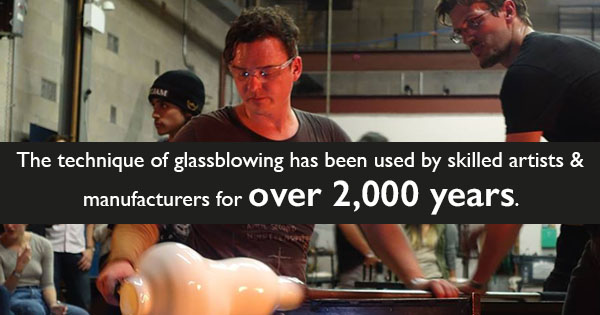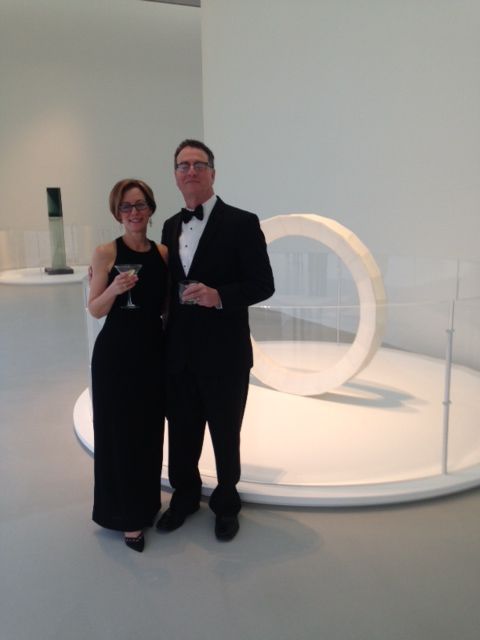From Ancient Syria to the Contemporary Art Studio: A Timeline of Glassblowing Techniques
June 14, 2016

The technique of glassblowing has been used by skilled artists and manufacturers for over 2,000 years. Over this long period, the practice has undergone many transformations in order to produce some of the finest pieces of glass artwork ever created.
A Timeline of the Evolution of Glassblowing
- The technique of glassblowing began in the first century BC somewhere along the Syro-Palestinian coast by skilled Syrian craftsmen. However, it wasn’t until the establishment of the Roman Empire that this method of glass production was widely practiced.
- The Phoenicians developed the first glass workshops in what is now contemporary Lebanon and Israel. Meanwhile, the glassblowing technique spread down to Egypt, as well.
- By the Middle Ages, Venice had emerged as a major center of glass production, and eventually glass artwork techniques spread to China, Japan, and the furthest reaches of the Middle East.
- In the 1820s, the glass industry experienced its most important innovation since its humble beginnings in Syria. John P. Bakewell patented the process of mechanically pressing hot glass, forever changing the way people use glass.
- Only a few years later, in 1903, Michael Owens built the first automatic bottle blowing machine that was capable of producing millions of light bulbs a day.
- In the late 1950s, Sir Alastair Pilkington invented the float glass production method, which is used to manufacture 90% of today’s flat glass.
- The “studio glass movement” began in 1962 when ceramics professor Harvey Littleton, and Dominick Labino, a chemist and engineer, held workshops at the Toledo Museum of Art. At this time, they started experimenting with melting glass in a small furnace and creating blown glass sculptures. Another artist, Ann Wolff, was also an influential figure in the international studio glass movement.
If you have ever seen the process of glassblowing in action, you know that it is truly a fascinating practice to watch. To see the glowing molten material transform into a shining, solid piece that can be twisted and bent at the hands of an artist is a beautiful and awe-inspiring experience.
We have come a long way since the first century BC, yet we still use similar techniques to the early glassblowers of ancient Syria.


